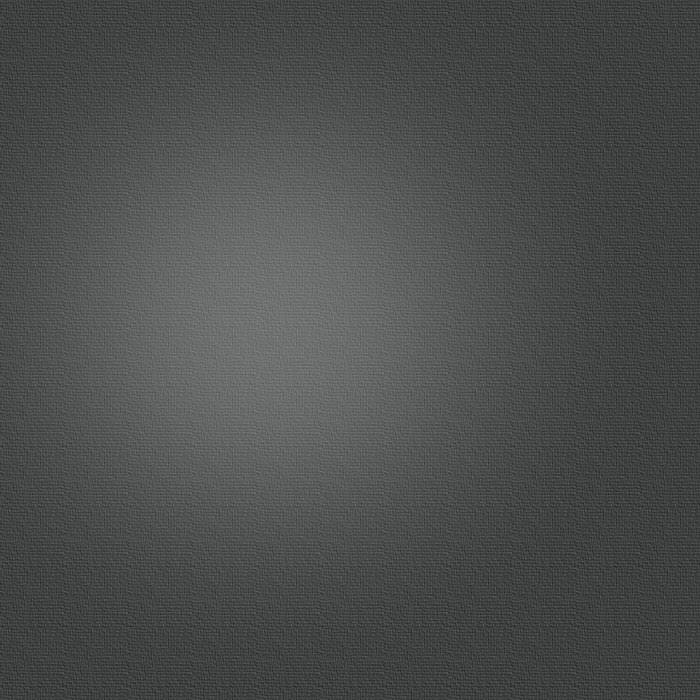Panel
Bosch, Hieronymous, vicinity of Netherlands
Resurrection of Christ
1480-1500 Attribution by dr. M.J. Friedlander
We are witnessing the resurrection of Christ in Jerusalem on Easter morning against a strikingly Netherlandish background. This is not as surprising as it seems, for the artist was (a follower of) Hieronymous Bosch, a Brabantine painter who spent his entire life in the provincial town of s’Hertogenbosch. But the landscape is not the only strange element in this biblical painting. The four men lying around the coffin - three asleep, one awake - must be the soldiers that guarded Christ’s tomb, but their outfits are somewhat atypical, to say the least. These guardians of the grave were appointed by the Pharisees, who knew that Jesus had told his followers that he would rise again on the third day after his crucifixion, in order to prevent the Christians from stealing the body and proclaiming their leader risen from the dead. They did not do a very good job, falling asleep while on duty, and Hieronymous Bosch may have wanted to express their stupidity by their ridiculous clothes. One has wooden blocks attached to his legs, usually worn in the Middle Ages by the paralytic to protect their trousers and knees. Apart from the fact that a crippled soldier would not exactly be an asset, our soldier wears these blocks not just on his knees but also on his shoulders, for less obvious reasons. Take a close look at the ornaments that the sleeping soldier on the right has around his calves. Or try to figure out the combined hat/hairstyle of the one soldier who is awake. One last peculiar feature of this painting to draw attention to is the seemingly transparent tower - was it squeezed in at a much later date, when Hieronymous Bosch had already finished the panel? All in all, the execution of the painting is a fine example of Hieronymous Bosch’s style, for he loved to include other-worldly, weird and irrational elements in his work. In this respect, the little devil or salamander on the left serves as Bosch’s trade mark. One of the few ’traditional’ figures depicted is Christ, the large, almost glowing figure standing upright. He makes the gesture that indicates speech, holding a staff with a cross and a banner, symbols of faith and victory. The typically Southern Netherlandish halo surrounding Jesus’ head is rather modest compared to the gold leaf haloes painted in Italy. The coffin and lid laid at right angles form a cross. The three small human figures in the background are the so-called ’three Marys’. According to Scripture, these women came to visit Christ’s tomb only to find it empty. An angel told them not to be afraid, because their Lord had risen from the dead.






